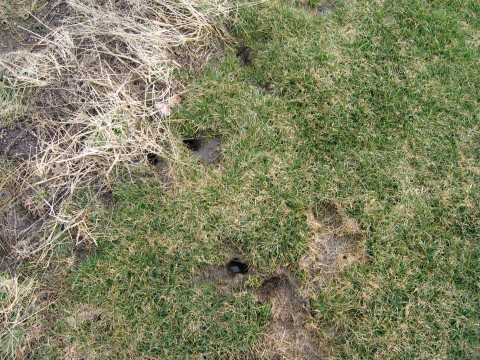Secure Your Yard: Effective Vole Control Techniques
Secure Your Yard: Effective Vole Control Techniques
Blog Article
Comprehensive Guide to Effective Vole Pest Control: Problem Identification and Treatment Techniques
In the world of efficient bug control, vole invasions pose a distinct obstacle that demands a tactical strategy. These small rats, often incorrect for computer mice, can ruin gardens, grass, and plants if left uncontrolled. Determining the indications of vole visibility and carrying out targeted therapy approaches are important components of a successful parasite monitoring plan. By exploring the nuances of vole habits, comprehending essential indications of invasion, and reviewing a series of control choices, one can create a thorough approach to battle these evasive insects.
Comprehending Vole Habits
Vole habits is defined by their burrowing practices and quick reproduction prices, making them a tough pest to manage effectively. Their quick reproductive rate more complicates control initiatives, with ladies capable of generating numerous trashes in a solitary year, each including numerous offspring.
Understanding vole actions is crucial for efficient pest control strategies. By determining their burrow places, keeping an eye on feeding locations, and applying targeted control techniques, such as capturing or environment alteration, vole infestations can be handled efficiently.
Indicators of Vole Problem

Avoidance Techniques
Implementing effective avoidance strategies is crucial in minimizing vole problems and securing greenery from their destructive feeding practices (vole control). To stop vole invasions, it is necessary to begin by getting rid of prospective food resources and sanctuary. Keep turf and plant life cut short, remove weeds and particles, and maintain a neat garden or grass to make the location less appealing to voles. Mounting barriers such as hardware cloth or underground fence can likewise assist hinder voles from going into certain areas. Furthermore, minimizing excess moisture by repairing moved here dripping pipelines and making sure appropriate water drainage can make the atmosphere much less congenial for voles.
On a regular basis examining the building for indications of vole activity, such as runways and burrow openings, is critical for very early discovery and punctual action. If vole activity is believed, take into consideration using repellents or catches tactically placed near their pathways.
Non-Lethal Control Methods
To effectively handle vole populaces while focusing on humane approaches, non-lethal control approaches offer functional options for decreasing vole damages in landscapes and gardens. One effective method is using physical barriers such as hardware cloth or cord mesh to protect at risk plants. These obstacles can be hidden at the very least 12 inches deep and bent at a 90-degree angle to stop voles from burrowing underneath. Additionally, habitat modification can discourage voles by decreasing their favored food sources and concealing spots. Maintaining a well-mowed yard, eliminating debris, and keeping greenery cut can make the environment less enticing to voles.

Lethal Control Options
One reliable go to my blog technique for attending to vole infestations in yards and landscapes includes the tactical use of deadly control choices. When faced with a severe vole infestation that non-lethal methods have actually fallen short to have, implementing lethal control actions becomes crucial. Overall, when using deadly control alternatives, it is vital to do so sensibly and in conformity with regional guidelines to effectively manage vole infestations.
Verdict
In final thought, efficient vole parasite control calls for a detailed understanding of vole actions, identification of indications of problem, application of avoidance strategies, and usage of both non-lethal and lethal control techniques. By combining these methods, individuals can effectively manage vole populaces and secure their residential property from damages. It is important to resolve vole infestations immediately to stop more concerns and minimize the effect on the surrounding environment.
Given the detailed tunnel systems and rapid recreation rates characteristic of voles, acknowledging the signs of vole invasion comes to be necessary in efficient insect control. One of the primary indications of vole presence is the existence of surface area runways or routes in grass or snow, generally regarding 1-2 inches wide, produced as voles take a trip between their burrows and food resources.To properly handle vole populaces while prioritizing humane techniques, non-lethal control techniques offer sensible services for reducing vole damage in landscapes and yards.One effective technique for resolving vole problems in landscapes and yards involves the critical use of lethal control options. vole yard damage.In conclusion, effective vole pest control click calls for a detailed understanding of vole habits, recognition of indicators of invasion, implementation of avoidance methods, and application of both dangerous and non-lethal control techniques
Report this page